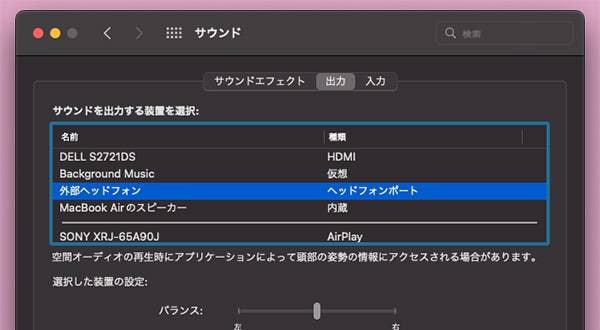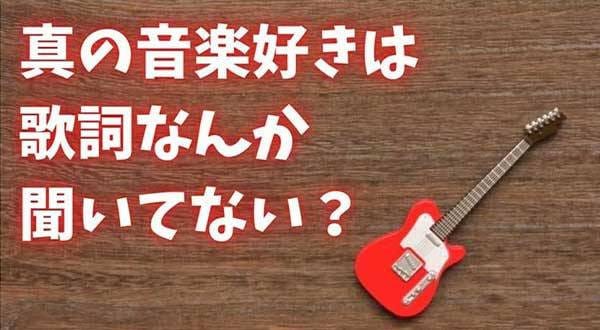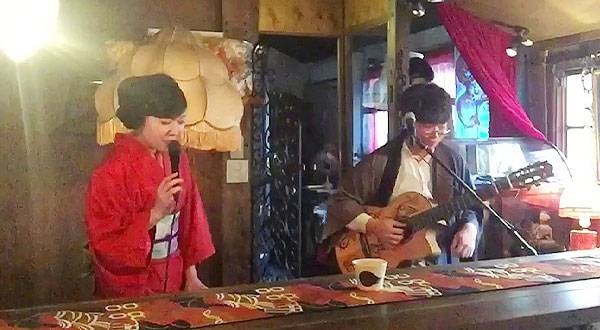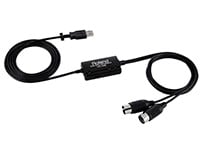
A little intro
Hello.
Some of you who use Sound House are writing lyrics for your own original songs or songs for other artists. How do you come up with lyric ideas?
In this issue, I would like to introduce four lyric writing methods that I often use. Please choose one or more ways that you can use to find your own style
For each item, I will post a song that the author wrote lyrics using that particular method, so please refer to it for reference.
Four lyric writing methods
● Self-tie-up
This is my favorite method. A tie-up is when a song is created to go along with some content, such as a commercial, animation, movie, or event. Self-tie-up is a method of creating a tie-up song on your own without being asked to do so.
Self-tie-ups can be divided into two main types. The first method is to write lyrics with the intention of providing the lyrics to an existing work. The advantage of this method is that the world view has already been established, so it is easier to come up with the lyrics.
In a sense, it is a method of secondary creation, which is interesting for an otaku.
The other method is to create your own content, even the tie-up content. Of course, you don't have to make it all the way to the end; it is enough if you can develop the setting to a certain extent.
The advantage of this method is that you can raise the level of abstraction within the lyrics. When you are writing lyrics, don't you sometimes overload the lyrics with things you want to say, and end up with lyrics that sound like explanatory text? If you try to convey everything in the lyrics alone, you will inevitably end up with information overload.
However, this is not the case with tie-in songs. For example, the opening song of an anime is not meant to introduce the synopsis of the anime, right? It can express a worldview, focus on the emotions of a certain character, or even showcase the appeal of a character. ...... This tie-in format prevents over-explaining in the lyrics.
■ oct - “Double Peace”
I wrote this song as a theme song for the fictional Jump's Royal Road, Battle/Adventure Anime. The lyrics are written from the perspective of the character who is the sidekick of the main character from an anime.
I have already decided on the main character's personality, how strong he is, and the enemies he fights in the end ......, but I haven't written the lyrics in that much detail. However, I don't go into that much detail in the lyrics because there's no point in writing a synopsis.
Still, from the metallic sound in the middle of the song and the lyrics, “Only you can run through the world from head to toe,” you can get a good sense of the atmosphere of the battle scene, the friendship, and the straight-to-the-point nature of the main character.
The advantage of self-tie-ups is that you can strike a balance between what you absolutely want to express and what you want to leave to the receiver.
● From the experience
For this method, you literally write lyrics based on your own or your friends' experiences.
The lyrics produced from this method tend to be universal at best and conventional at worst. This is not surprising, since not many people have many dramatic experiences. There are plenty of songs about love, adolescence, graduation, and other events that many people experience.
The recommended solution to this common problem is to incorporate specific descriptions. By striking a balance between the “universal theme” and the “individual content,” we are able to achieve a balance. It may be effective to include the names of events, times, places, and possibly even people (be careful with personal information!).
■ oct - “days”
To be honest, there are not many specific words in this song…. This song was also produced in conjunction with this method that I’m going to describe next.
● From a killer phrase
This is probably the method that I use most often. Once an impressive phrase comes to mind, I expand on it and fill in the rest of the song.
The process of creating a song can be roughly divided into lyrics first and the song second. This classification is based on whether the lyrics or the melody are created first. However, this is not a strict division, and the order is often switched during the songwriting process.
I often build around the first phrase that comes to mind (lyrics and melody together), so I often use the method of creating from a killer phrase.
The trick is to encounter many excellent expressions on a regular basis. Finding and stockpiling words from movies, novels, catchphrases, and even philosophy quotes that strike a chord with you will help you when the time comes.
■ oct - “La:Birds”
This song was created from the phrase “Yes, I'm not stingy” that I thought of at first.
Not reluctant means ‘willing.’ Now, what kind of person would say this line, and in what kind of situation? This is where the story begins to unfold in my mind.
For example, a woman I met by chance at a party. She is mature and looks different from the people around her. The protagonist, who wants her to be interested in him, struggles to seduce her. At first, he is unsure and ostentatious, but in the end, he reveals his true feelings…?
Now all that remains is to put this story into lyrics.
By the way, a slightly similar method is to create from the title. This is useful for writing lyrics from scratch to match the title, or to utilize to establish a worldview once the direction has been established.
I also use this method. It is useful to make a list of words you want to use for the title.
● Rhyme
One of the most important lyric writing techniques is rhyming, or pushing. This is a very important technique for giving lyrics a sense of rhythm. Here I will discuss how to write lyrics with rhyming at their core.
A typical example of lyrics in which rhyming is emphasized would be rap. However, rhyming can also be effective in non-rap songs with a more relaxed tone.
■ oct - “Niwaka Yuki” (“Niwaka Snow”)
In this song that I wrote, rhymes are used many times at the beginning of the chorus. For example, in the parts “sparkling, glistening, in sight” and “awai, hikari, mitaini, daita” (pale, light, like, held), the rhyme is repeated many times with the vowel sound “ai” or “iai”.
The lyrics flow smoothly this way. The reason is that by making “rhyming” a prerequisite, one can narrow down the words to be used. When there are too many choices, people start to get into trouble. By setting moderate rules to follow, they become more conscious of picking out the best from a limited number of candidates.
If you look up rhyming tools on the Internet, you will find several useful ones. You type in a word and it will show you words that rhyme. If you want to write lyrics with rhymes, you can make use of them.
To summarize
I hope you have found some of my songwriting methods useful. I hope that some of these methods will help you well.
Thank you again.
The “sound & person” column is made up of contributions from you.
For details about contributing, click here.

















 推し機材SPECIAL!! VOCALOID
推し機材SPECIAL!! VOCALOID
 DTMセール情報まとめ
DTMセール情報まとめ
 ミュージックビデオ撮影テクニック!
ミュージックビデオ撮影テクニック!
 USB接続MIDIインターフェイス
USB接続MIDIインターフェイス
 DTMに必要な機材
DTMに必要な機材
 DTM・DAW購入ガイド
DTM・DAW購入ガイド















